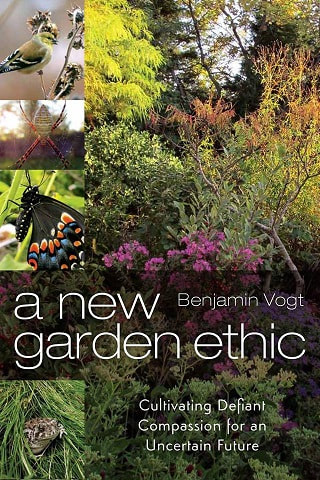Very often I'm asked by folks to use common plant names, the inference being they are clearer or easier or more accessible. But I have a surprise for you: common names are actually going to make life much harder for you as you begin your landscape plans. Why is that? Here's my thinking.
Common names can refer to several species at once. Also, common names can be regional. They can be cultural. They can be hyper local. It may actually feel like you're speaking Greek -- er, Latin -- to someone even though you might be referring to the same plant. It's very helpful and very useful to use the Latin because it's more precise and universal. When you're researching a plant online, you'll receive far more accurate information if you are using the scientific binomial nomenclature vs a common name -- plus, it's more likely the source can be trusted.
And it doesn't matter how you pronounce the Latin. Whatever. We all know what you're talking about. Just try. I promise, after a few goes, it'll stick and you'll be off to the races. And another point: if you have an on-site meeting with a weed enforcement inspector, using Latin names will show you are an expert and know your stuff, that the plants and gardens are intentional. It's true. Ask me how I know.
While the Latin name has a host of cultural issues -- many are named after white explorers (some with dubious ethics) and totally ignore / erase the history of indigenous knowledge and naming -- it's probably the best system we have right now. Using the Latin makes gardening easier. Now Salix like you mean it.

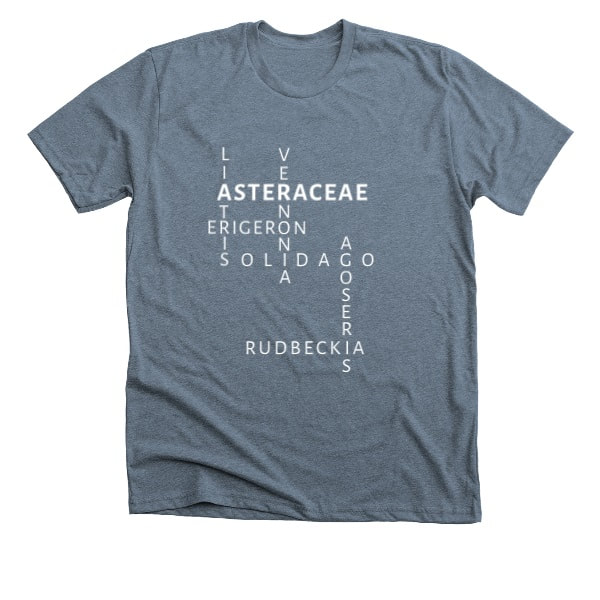
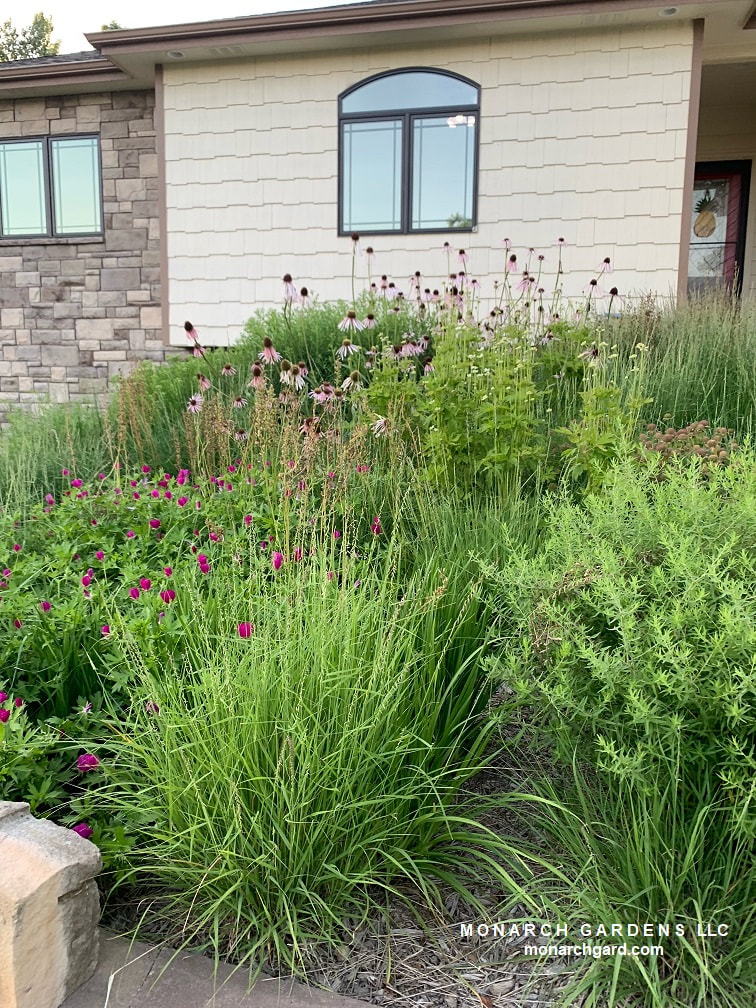
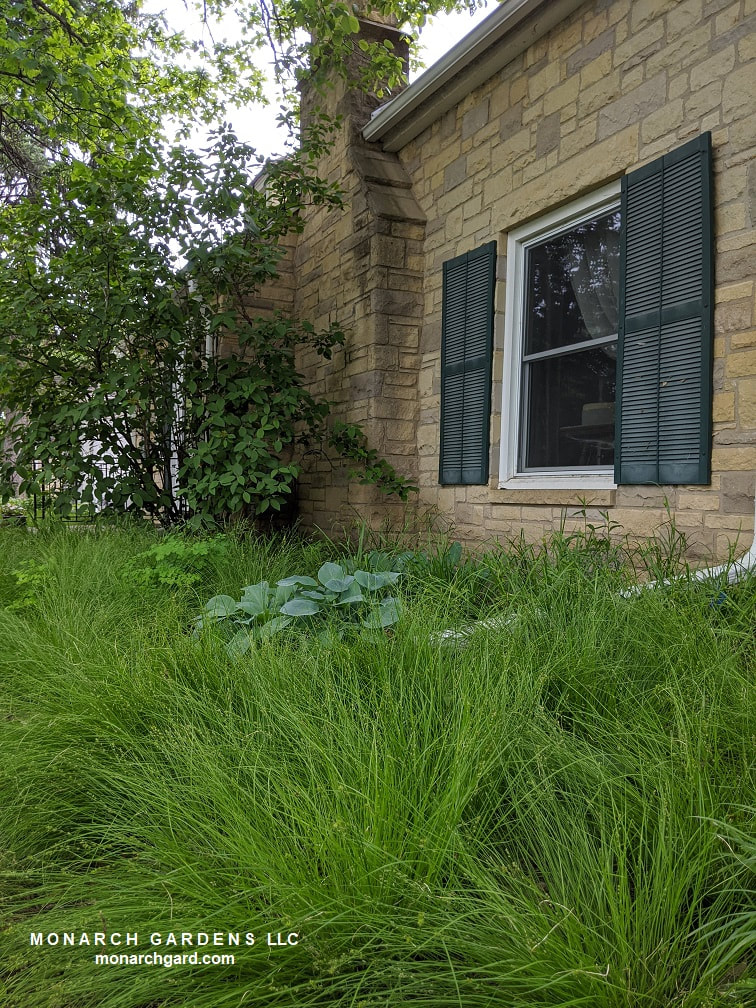
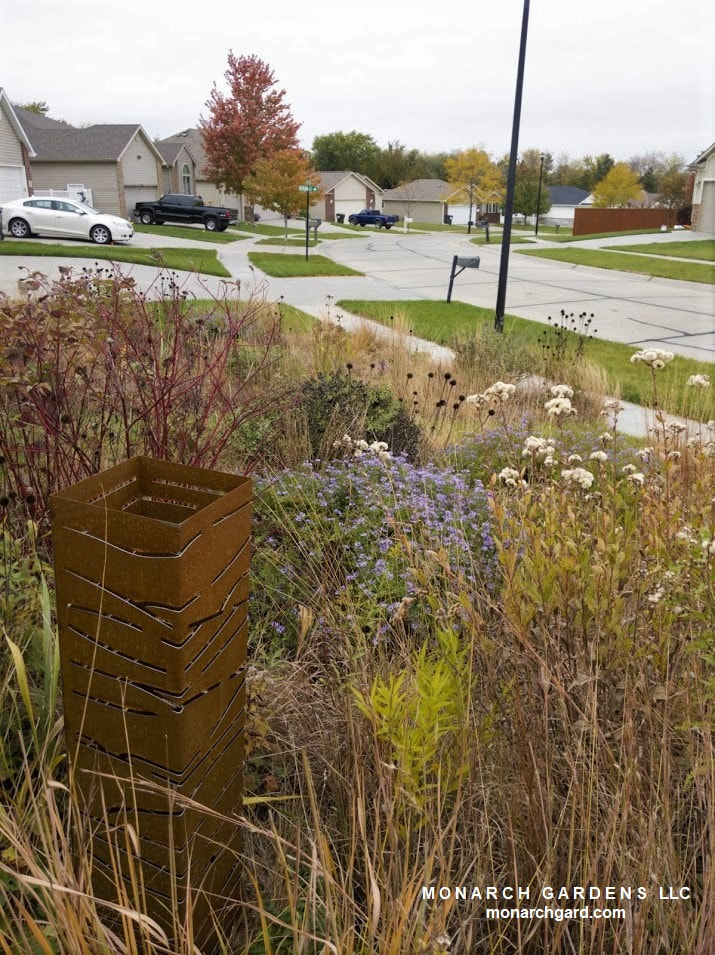

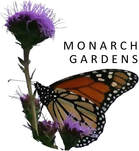
 RSS Feed
RSS Feed
